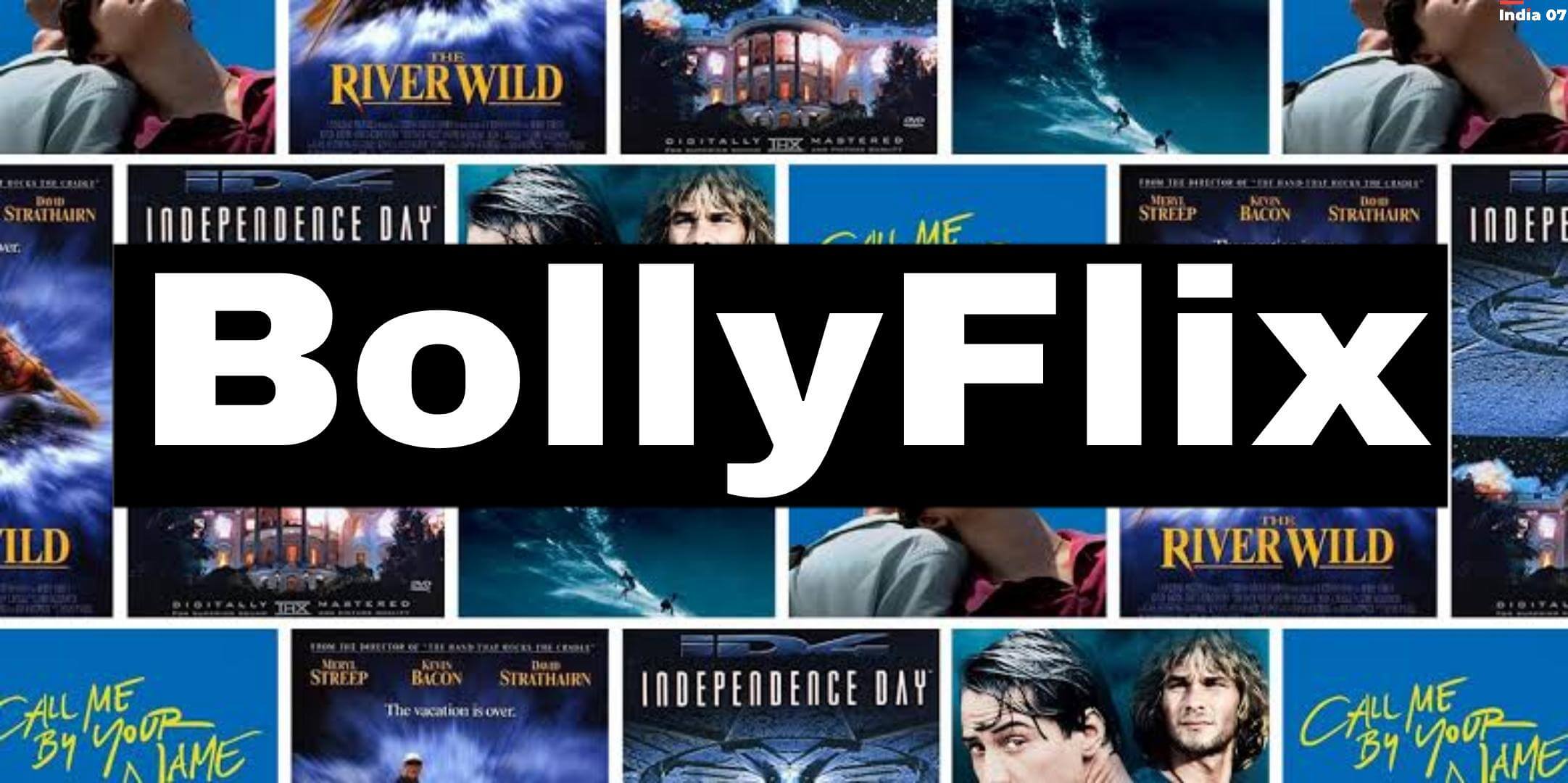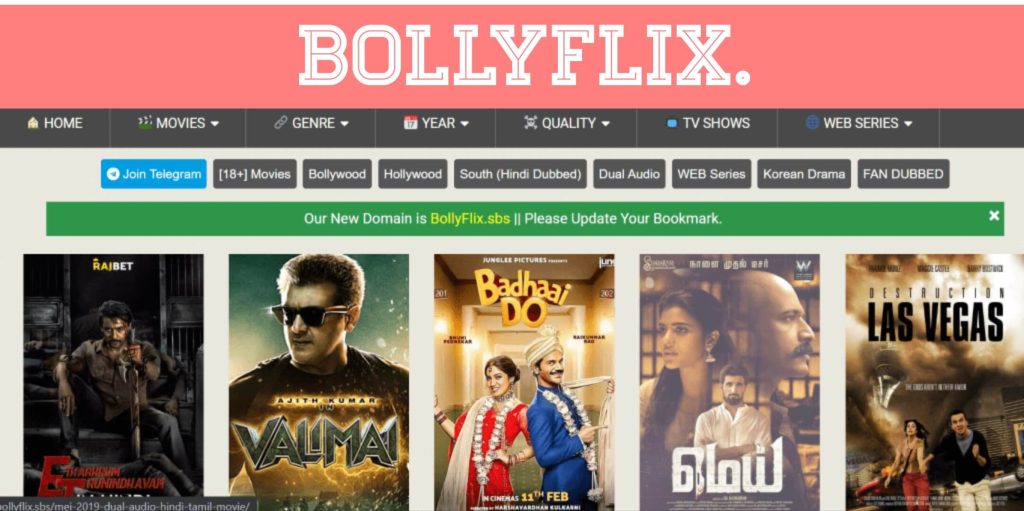Is the allure of readily available Indian cinema worth the potential risks? The rise of platforms like Bollyflix 2025 throws a spotlight on the complexities of accessing content in the digital age, prompting a crucial ethical debate.
The Indian film industry, often dubbed the "Hollywood of the East," undeniably gives the U.S. cinema a run for its money. With a vast output spanning numerous genres and captivating narratives, Indian cinema has captured the hearts of audiences worldwide. However, the digital distribution of these films has presented a challenge for both consumers and the industry itself. While established platforms offer a variety of content, including Hollywood and Bollywood titles, a different approach has been adopted by Bollyflix 2025.
Bollyflix 2025 distinguishes itself by its singular focus on Indian cinema, offering an extensive library of films and series. This niche approach has enabled it to carve a unique space in the market. But, this uniqueness comes with a caveat, as Bollyflix operates as an unofficial streaming service. While it provides access to a wide array of content, the means by which it does so raise serious questions. This is the crux of the issue. The question becomes: Is it ethically sound to utilize such platforms when legitimate services like Netflix and Amazon Prime Video provide similar content through official channels?
Navigating the digital landscape of movie downloads requires careful consideration, especially for those seeking out platforms dedicated to the diverse world of Indian cinema. Bollyflix, with its promise of a treasure trove of films and series, has become a popular choice for many seeking to satisfy their cinematic cravings. It offers a compelling proposition: the ability to stream movies using a minimal data footprint, approximately 300MB per film. This is a significant advantage for users with limited data plans, who might find other platforms consuming too much of their data. This feature, along with the extensive library, has contributed to its growing popularity.
Yet, the convenience of Bollyflix and similar services comes with a moral responsibility. The industry is constantly battling piracy, a practice that undermines the efforts of filmmakers, producers, and the entire creative ecosystem. Illegitimate streaming platforms, which often obtain their content through unauthorized means, severely impact revenue streams. This can lead to the reduction in funding for new films, stifling creativity and ultimately hurting the very industry these platforms claim to celebrate. The accessibility of films on unofficial platforms does not make it a morally correct action. This also leads to the question of quality and security. Where does the data come from? Is there a risk of malware? While the platforms may be convenient, such factors are not usually disclosed, adding to the risk consumers face.
The focus on Indian cinema, a market of immense global appeal, demonstrates the existing demand for accessible, diverse content. Bollyflix and similar services have identified the need to cater to this audience by aggregating a large catalog of Indian movies and series. The strategy seems simple: a vast selection and ease of access. This model resonates with users, particularly given the increasing popularity of streaming. However, the core problem still exists: the legality and morality of the means. It is vital to look into the legal implications of accessing such content.
The availability of content is a major reason for the popularity of these services. The desire to watch certain movies and shows without having to pay exorbitant fees or subscribe to multiple platforms drives users toward such alternatives. However, the availability of content alone cannot justify the practice of accessing content illegally. Furthermore, legitimate platforms are investing heavily in localized content, including original series and movies in various Indian languages, therefore providing increasing options for the Indian audience.
The streaming industry is constantly evolving, and with the rise of numerous streaming services, there is a growing need to create new business models. Platforms offering legal, high-quality content are investing in creating better viewing experiences, which is the main aim. These platforms are adding more localized content, improving user interfaces, and ensuring high-quality playback. Bollyflix 2025 and other similar platforms, do not usually invest the same resources. This impacts the viewer experience. When it comes to the quality of content, illegal platforms, lack the features, such as subtitles, different audio tracks, etc.
The key element is the question of choice. The market offers alternatives. The ethical considerations and the potential risks should be weighed against the convenience and the selection of content.
The discussion about platforms such as Bollyflix 2025 points to the importance of media literacy. Users need to understand the implications of where they get their media from. It is important to be informed about copyright laws, the rights of content creators, and the ethical responsibilities we have in the digital world. The availability of information empowers the consumers to make the right choices and support the creative industry in a sustainable way.
The future of content consumption will depend on the collaboration between industry players, content providers, and consumers. It means the enforcement of copyright laws, the expansion of legal streaming services, the production of innovative content, and educated consumers. The goal should be the balance between convenience, entertainment, and the sustainability of the creative industry.
The rise of Bollyflix 2025 and similar platforms reveals the complexities of the digital landscape and the importance of navigating it responsibly. The key question remains: Are you enjoying a movie at the cost of creativity and the livelihoods of those in the Indian film industry?


